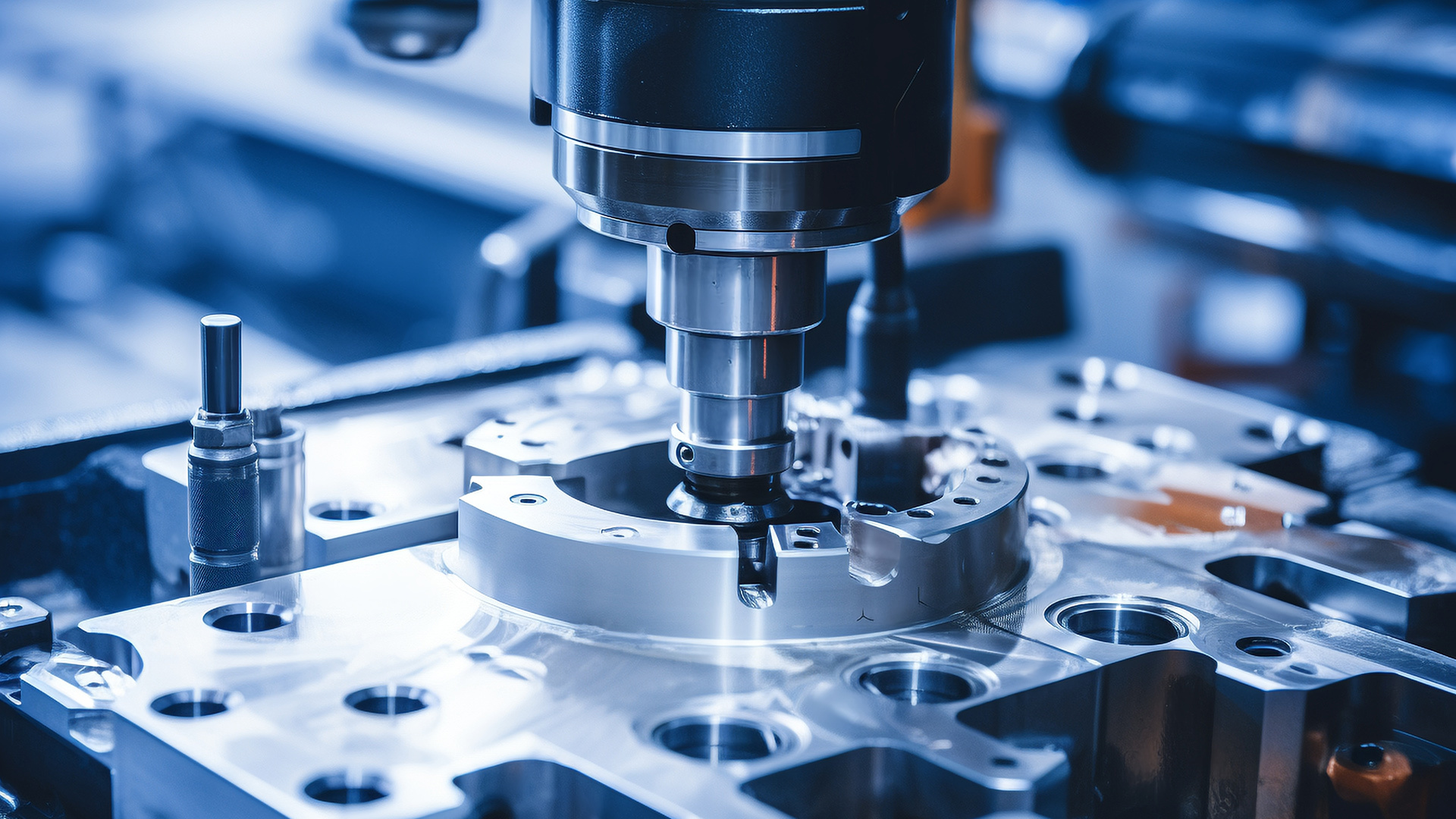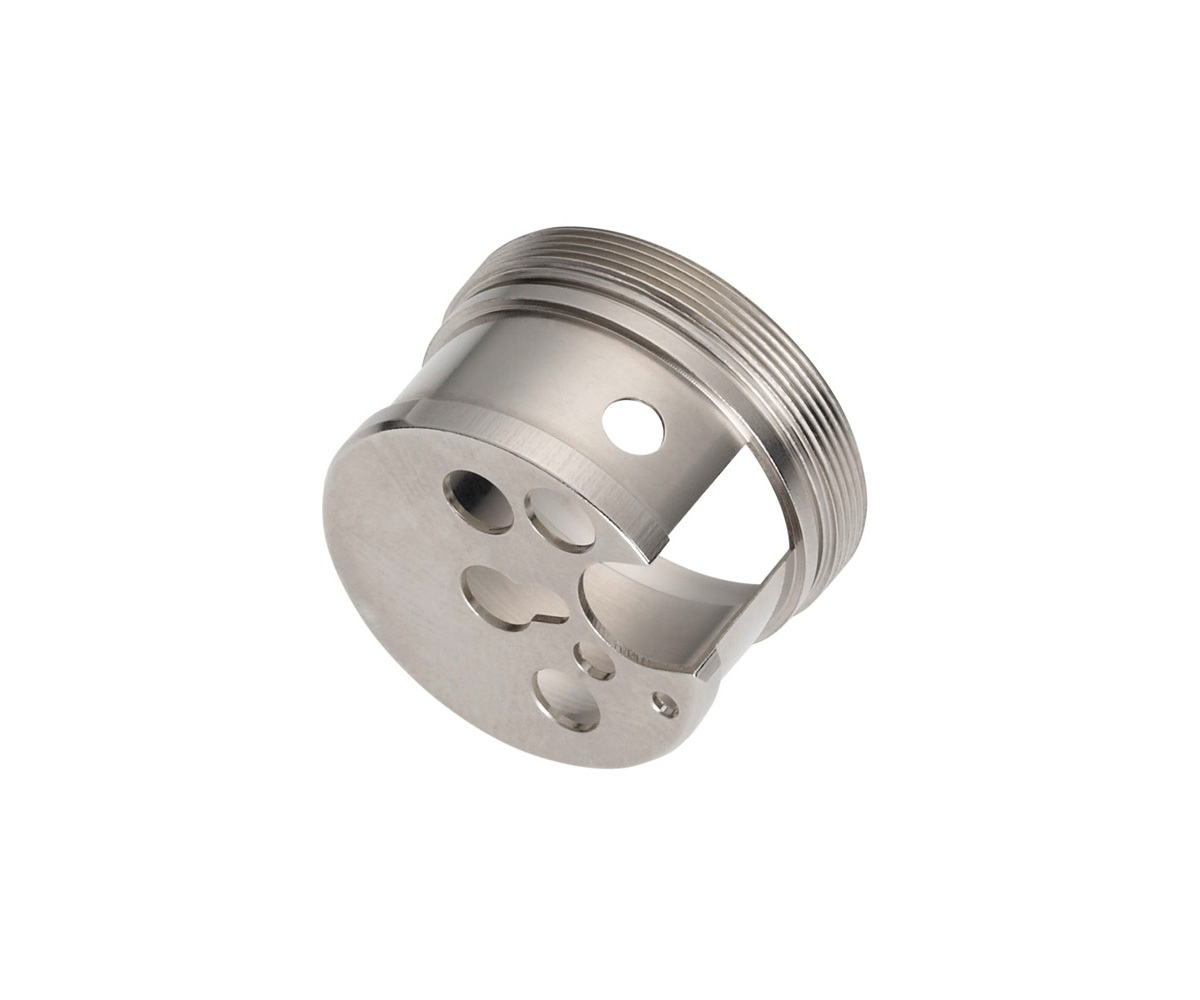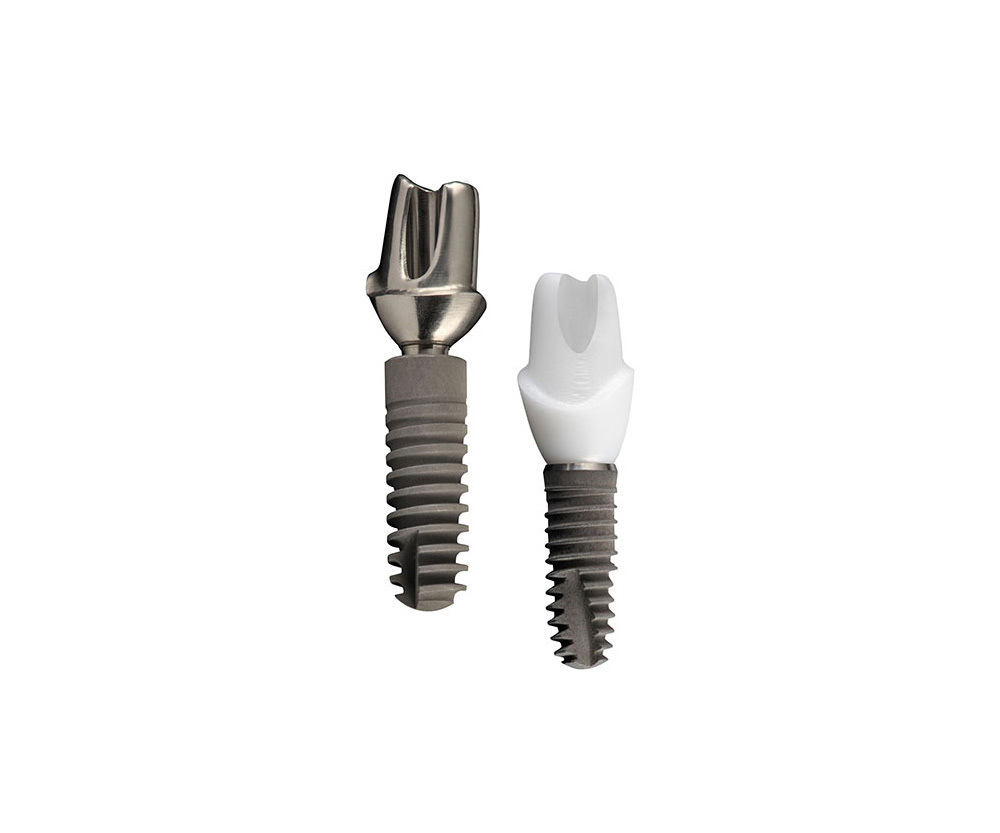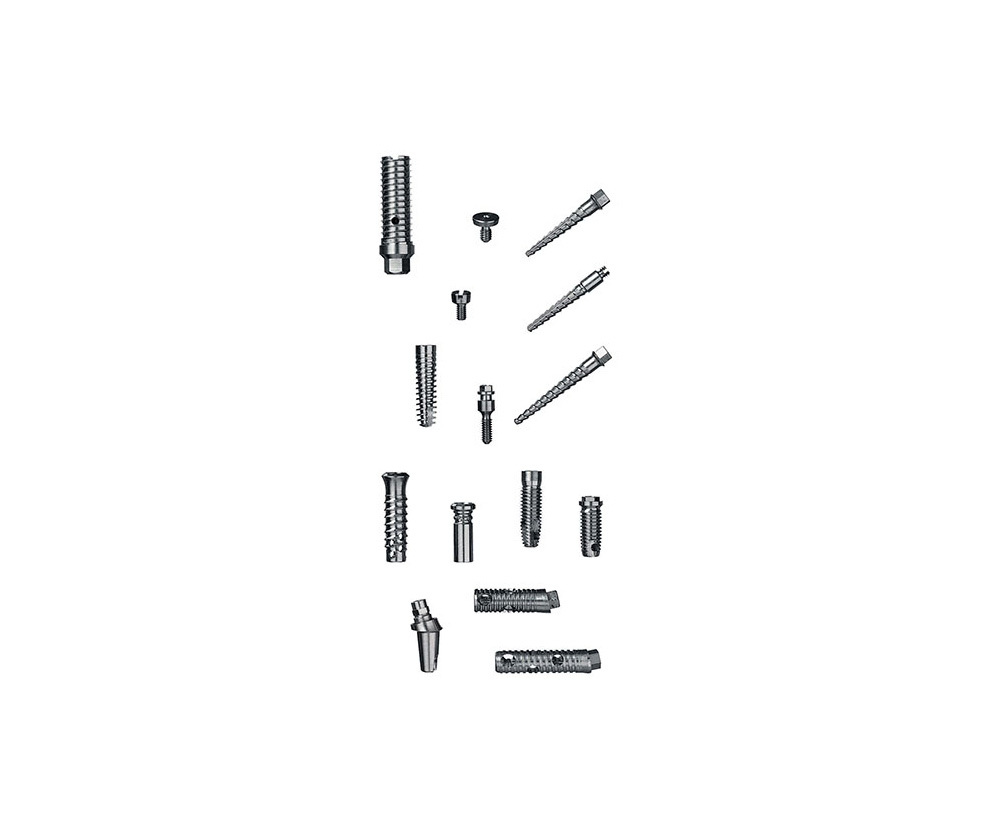
Share
Probe casing
Product model:
Still thinking about it? If you want to get a sample first,Please contact us!
Current Product Classification
Keywords
- Product Description
-
Introduction
The probe sleeve is a tubular component used to protect the probe and assist the probe to perform detection. It is mainly used in electronic testing, medical testing, industrial measurement and other fields, providing physical protection, isolation and precise positioning of the probe.
Structure composition
Tube body: This is the body part of the probe sleeve, usually made of an insulating material or a material with specific physicochemical properties. For example, in electronic testing, materials such as polytetrafluoroethylene (PTFE) are often used to make tubes. PTFE has good insulation, corrosion resistance and high temperature resistance, which can effectively prevent unnecessary electrical interference or chemical reaction between the probe and the external environment. The shape of the tube body is generally a hollow cylindrical shape, and its inner diameter is designed according to the size of the probe. It is necessary to ensure that the probe can be smoothly inserted and kept stable therein, and the outer diameter is determined according to specific application scenarios and installation requirements.
End structure:
Open end: To facilitate probe insertion, the edges of the opening are usually rounded or chamfered to avoid scratching the probe. In some high-precision applications, the opening may also be provided with an elastic sealing material, such as a rubber sealing ring, which is used to prevent impurities such as dust and liquid from entering the inside of the sleeve, and at the same time can also enhance the fixing effect on the probe.
Closed end (if any): Some probe sleeves are closed at one end, in which case the closed end will usually have a special design. For example, in a probe sleeve for medical detection, the closed end may have a very thin, puncturable membrane. When the probe needs to contact the detection sample, it can contact the sample after puncturing the membrane, while in normal times It plays a role of isolation and protection.
Working principle
Protection function: Wrap the probe inside to prevent the probe from being physically damaged by the outside, such as collision and bending. In an industrial environment, when the probe needs to be moved frequently or work in a more complex mechanical structure, the sleeve can prevent the probe from being scratched or impacted by surrounding metal parts and damage. At the same time, for some high-precision electronic probes, the insulation performance of the sleeve can prevent the probe from being short-circuited due to accidental contact with conductive objects, thereby ensuring the normal detection work.
Isolation function: In many detection scenarios, the probe needs to be isolated from the surrounding environment. For example, in chemical analysis and detection, the probe sleeve can prevent the probe from directly contacting with corrosive chemical reagents and prolong the service life of the probe. In medical detection, the sleeve can prevent the probe from being contaminated by microorganisms, and at the same time, it can also prevent the material carried by the probe from contaminating the detection environment.
Positioning function: Through the cooperation with external equipment or detection object, the probe can be accurately positioned to the site to be detected. In the detection of electronic chips, the probe sleeve can be installed on a specific fixture, and its external size and shape can be matched with the test interface of the chip, so as to guide the probe to accurately contact the pins of the chip and improve the accuracy of detection.
Application areas
Electronic testing areas: In the testing of integrated circuit (IC) chips, probe bushings are used in conjunction with test probes. The pins of the chip are very dense and tiny, and the probe sleeve can ensure that the probes accurately contact the pins while preventing short circuits between adjacent pins. For example, in the test of a dynamic random access memory (DRAM) chip, a large number of tiny pins need a high-precision detection tool, and the probe sleeve can effectively protect the probe and improve the reliability and accuracy of the test.
Medical testing areas: As in blood testing equipment, probes are used to detect various components in a blood sample. The probe sleeve can prevent the blood sample from contaminating the probe, and at the same time can protect the probe from the corrosion of enzymes, proteins and other substances in the blood. In some in-vivo detection devices, such as a detection probe of a cardiac pacemaker, the probe sleeve can prevent the probe from being interfered with by human tissue, and at the same time can reduce the damage to human tissue.
Industrial measurement field: In the non-destructive testing of metal materials, such as the casing of an ultrasonic testing probe. When the probe needs to work in high temperature, high humidity or corrosive industrial environment, the sleeve can protect the probe from environmental factors, and can make the probe better coupled with the surface of the material to be tested, and improve the quality of the detection signal.
Online consultation
If you are interested in our products, please leave your email, we will contact you as soon as possible, thank you!
Related Products







